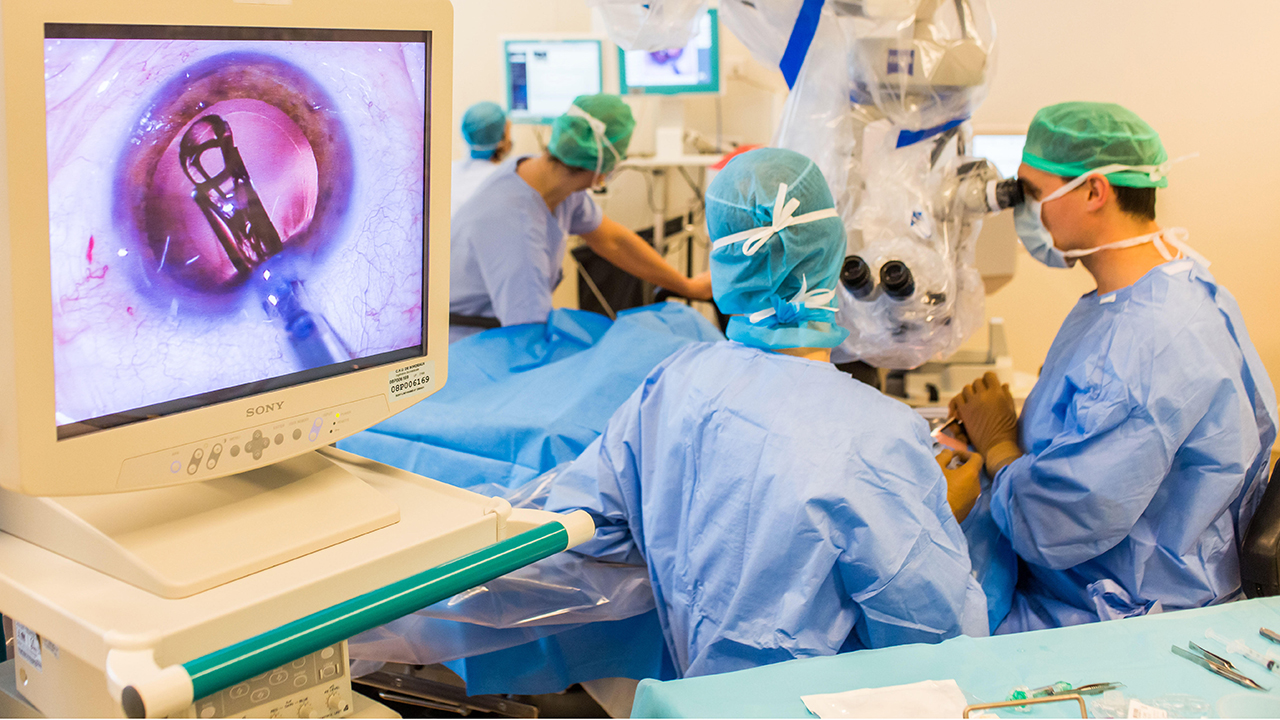The use of steroid eye drops is a common practice in the treatment of various eye conditions, particularly those involving inflammation. Steroids, also known as corticosteroids, are powerful anti-inflammatory agents that can be highly effective in reducing swelling, pain, and redness in the eyes. However, their use must be carefully considered due to potential side effects and the risk of complications, especially with long-term use.
What Are Steroid Eye Drops Used For?
Steroid eye drops are prescribed for a range of conditions that cause inflammation of the eyes. These include:
- Uveitis: Inflammation of the uvea, the middle layer of the eye, which can cause severe pain and vision problems.
- Conjunctivitis: Inflammation of the conjunctiva, the thin membrane covering the white part of the eye and the inside of the eyelids.
- Keratitis: Inflammation of the cornea, which can be caused by injury, infection, or an underlying condition.
- Allergic reactions: Seasonal allergies or reactions to substances that cause eye inflammation.
These conditions can significantly affect an individual’s quality of life, causing discomfort, pain, and in severe cases, impacting vision. Steroid eye drops can provide rapid relief from these symptoms, making them a valuable treatment option.
How Do Steroid Eye Drops Work?
Steroid eye drops work by reducing inflammation in the eyes. They contain corticosteroids, which are similar to the hormones produced by the adrenal gland. When applied topically to the eye, these corticosteroids decrease the production of inflammatory chemicals in the body, thereby reducing swelling, redness, and pain.
The mechanism of action involves the inhibition of phospholipase A2, an enzyme crucial for the production of prostaglandins and leukotrienes, which are key mediators of inflammation. By inhibiting this enzyme, steroid eye drops effectively reduce the inflammatory response, providing relief from symptoms.
Types of Steroid Eye Drops
There are several types of steroid eye drops, each with different potencies and durations of action. The most commonly used include:
- Prednisolone acetate: Often used for its strong anti-inflammatory properties.
- Dexamethasone: Known for its potent effect and is used in more severe cases.
- Loteprednol: Considered to have a lower risk of increasing intraocular pressure compared to other steroids.
The choice of steroid eye drop depends on the condition being treated, its severity, and the patient’s response to treatment. It’s crucial to follow the prescribed regimen and consult with an eye care professional to determine the most appropriate treatment.
Side Effects and Risks
While steroid eye drops are effective, they can have side effects and risks, especially with prolonged use. Common side effects include:
- Increased intraocular pressure (IOP): A risk factor for glaucoma.
- Cataract formation: Long-term use can increase the risk of developing cataracts.
- Increased susceptibility to eye infections: Steroids can suppress the immune system, making the eyes more prone to infections.
- Delayed healing of eye injuries: Steroids can interfere with the healing process.
It’s essential for patients to be aware of these potential risks and to monitor their condition closely while using steroid eye drops. Regular follow-up appointments with an eye care professional are critical to manage the treatment effectively and minimize risks.
Alternatives and When to Seek Medical Attention
For some conditions, alternative treatments may be available or preferred, such as non-steroidal anti-inflammatory drugs (NSAIDs) for mild cases of inflammation. However, in cases of severe inflammation or when the risk of vision loss is high, steroid eye drops may be the most effective option.
Patients should seek immediate medical attention if they experience:
- Severe eye pain
- Sudden vision changes
- Increased sensitivity to light
- Discharge or excessive tearing
These symptoms could indicate a complication or an underlying condition that requires prompt medical evaluation.
Conclusion
Steroid eye drops are a powerful tool in the management of eye inflammation, offering rapid relief from symptoms and improving quality of life for those affected. However, their use must be approached with caution, considering the potential side effects and risks. By understanding how steroid eye drops work, their uses, and their limitations, individuals can make informed decisions about their eye health and work closely with healthcare professionals to ensure the best possible outcomes.
What are the most common side effects of steroid eye drops?
+The most common side effects of steroid eye drops include increased intraocular pressure, risk of cataract formation, and increased susceptibility to eye infections. It’s crucial to monitor these risks and follow the prescribed treatment regimen.
Can steroid eye drops be used for all types of eye inflammation?
+Steroid eye drops are used for various inflammatory conditions of the eye but should be used under the guidance of an eye care professional. They may not be suitable for all types of inflammation, especially those caused by infections, and their use needs to be tailored to the specific condition and patient.
How long can steroid eye drops be safely used?
+The safe duration of use for steroid eye drops varies depending on the condition being treated and the individual patient. Generally, they are used for short-term treatment to minimize risks. Long-term use requires close monitoring by an eye care professional to mitigate potential side effects.


